|

"Public Lectures on Slavery" article from Gazette and Mercury newspaper
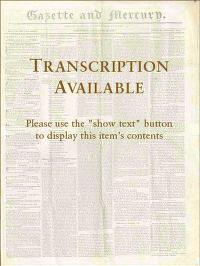
"Slavery Notice" article from Gazette and Mercury newspaper
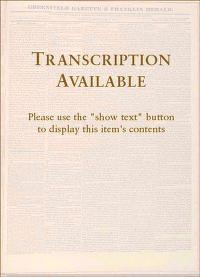
"Anti Slavery Lecture" article from Greenfield Gazette and Franklin Herald newspaper

"County Anti-Slavery Meeting" article from Gazette and Mercury newspaper
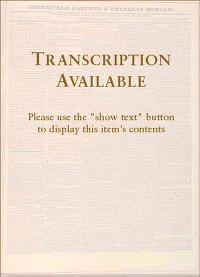
"Old Hampshire Anti-Slavery Society" article from Greenfield Gazette & Franklin Herald newspaper

"The Slave Trade - The Administration"

Frederick Douglas refused passport

"Sacrifice of Life"
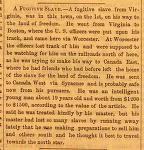
"Fugitive Slave"

"News Items"- Mass. Petitions to abolish slave-hunting

Slave gives talk in Northfield
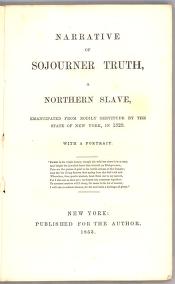
"Narrative of Sojourner Truth, A Northern Slave, Emancipated From Bodily Serviture By the State of New York in 1828"

"The American Anti-Slavery Almanac for 1838"
|
Summary and Objective
Through this activity, students will develop their understanding of the Abolitionist Movement. They will examine primary local documents which have been generated in our history as a result of the hideous nature of the issue of slavery. They will encounter leading Abolitionists (The Grimke Sisters, William Lloyd Garrison, Sojourner Truth, and Frederick Douglass)and gain awareness as to direct roles these individuals played within the movement. Students will therefore gain a more solid understanding of the time period, the issue of slavery, protest that prompted change, and the consequences that relate (ie. the division of a nation, Civil War, human rights, racism, the Emancipation Proclamation, and the Thirteenth Amendment).
Teaching Plan
Step 1.
Students will work in pairs exploring tagged artifacts.
Step 2.
Given note cards titled prior with each of the artifacts, they will note any names of people, dates, main ideas, and relevant details, and any unusual words or figurative language they encounter.
Step 3.
After approximately 20 minutes of analyzing documents, the class should be prompted to record their final finding.
Step 4.
Then ask groups to take turns sharing extremely interesting findings and guide all in exploring these points of interest simultaneously.
Step 5.
During the last five minutes of the activity, alert children to any other specific points not yet mentioned.
Step 6.
Student notes should be saved for later reference such as: to supplement written responses like descriptive essays, narratives (children writing historic fiction from the point of view of abolitionists, slaves, or slave owners), persuasive essays/letters from themselves in the role of Abolitionist, or poetry. Information can also be used to create slogans, posters, speeches, debate platforms, and to promote understandings of biographies.
|




